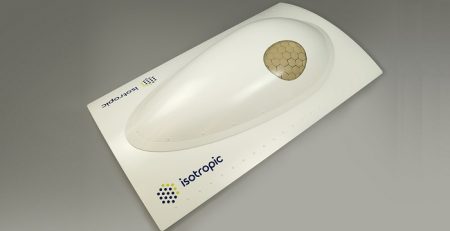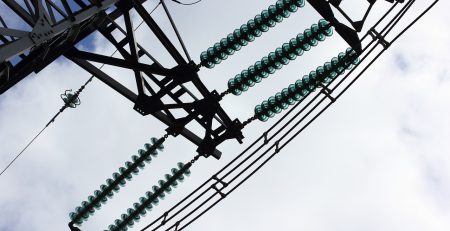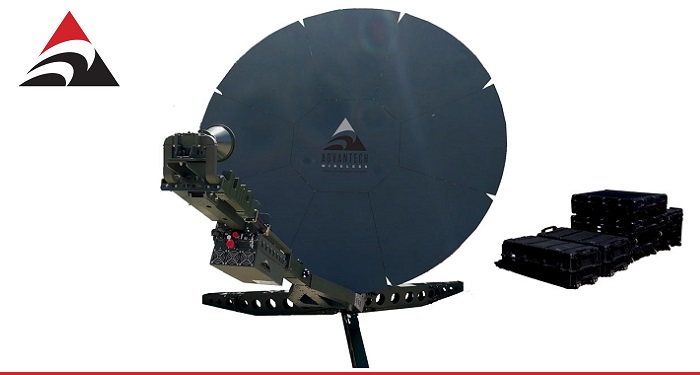What Makes a Horn Antenna Unique Among RF Antennas

Understanding RF Antennas and Their Types
What RF Antennas Are and How They Work
RF antennas are tools that transmit or receive radio frequency signals. They’re key parts of wireless systems. These devices turn electrical energy into radio waves for sending signals. When receiving, they do the opposite. Each antenna works best in certain frequency ranges. Their success depends on things like polarization, impedance, and gain.
Every wireless setup needs an RF antenna. It acts like a bridge between gadgets and the electromagnetic world around them. Antennas can be made for specific jobs. Some have linear or circular polarization. Others cover narrow or wide frequency bands. Many focus signals in certain directions.
Common Types of RF Antennas
Many types of RF antennas exist, each built for particular tasks. Here are some popular ones:
- Dipole Antennas: Basic and common, great for broadcasting and communication.
- Patch Antennas: Small and perfect for phones or portable devices.
- Yagi Antennas: Offer strong gain, often used for TV signals.
- Parabolic Dish Antennas: Highly focused, ideal for satellite links.
- RF Horn Antenna: A type of RF antenna known for strong gain, wide frequency coverage, and the ability to aim energy in one direction.
RFecho creates top-quality RF Horn antennas. They’re carefully designed for all kinds of needs.
The Basics of a Horn Antenna
What a Horn Antenna Looks Like
An RF horn antenna has a flared metal shape, like a funnel or horn. This design helps it guide electromagnetic waves from a waveguide to open space, or the reverse. Horn antennas come in shapes like pyramidal, conical, or sectoral.
A Conical Horn Antenna smoothly connects the waveguide to free space. It also directs radio waves into a tight beam.

How a Horn Antenna Works
Horn antennas channel radio frequency energy through a waveguide. Then, they slowly spread it into open space. This process reduces signal reflection. It also boosts energy transfer.
The waveguide’s flares work like sectoral E-plane horns. Two wedges sit between the flares, improving signal flow. The radiating part is shaped to link the waveguide with free space. This leads to efficient energy movement and strong gains.
Key Features That Set Horn Antennas Apart
Directional Performance and Beam Focus
A major strength of an RF horn antenna is its focused performance. Unlike omnidirectional antennas, which send signals everywhere, horn antennas aim energy into a narrow beam. This makes them great for long-distance communication and precise testing.
The dual polarized antenna’s cross-polarization isolation is better than -30dB. This keeps the beam sharp and reduces unwanted signal interference.
Wide Bandwidth and Frequency Range
Horn antennas are valued for their ability to handle a broad range of frequencies. They’re built for tasks needing flexible frequency coverage.
These wideband horn antennas work from 0.1GHz to 40GHz. Their gain ranges from 4 dBi to 20 dBi, with a VSWR of <2.7Max and single linear polarization.
Some models go further:
- Broadband dual ridged horn antenna 5.8-20GHz, 17-23dBi Gain supports high-frequency bands like 5G and satellite communication.
High Gain with Low Loss
Horn antennas provide strong gain with little signal loss. This makes them very efficient for sending and receiving signals. High gain means more power is focused in one direction. This leads to better signal strength over long distances.
These antennas perform reliably across their full frequency range. They maintain a VSWR of less than 2.0. This ensures excellent power transfer and minimal signal reflection.
Plus, high gain and low VSWR allow for measuring weak signals. They also support creating strong field strengths without much return loss.

When and Why Horn Antennas Are Used
Typical Applications in RF Systems
Horn antennas are very flexible. They’re used in many fields, like testing, measurement, radar, communication, and broadcasting.
The Broadband Dual Ridged Horn Antenna is a powerful tool for telecommunications, satellite, radar, and high-frequency RF testing.
They’re also important for new technologies:
- This antenna supports satellite communication in C, X, Ku, and Ka bands. It delivers solid performance for satellite uplinks and downlinks.
For those working on EMC compliance or IoT devices:
- It’s often used in EMC (Electromagnetic Compatibility) testing. This ensures devices work well in lower frequency ranges.
Advantages in Testing, Measurement, and Communication
Horn antennas are popular in testing because they’re consistent, accurate, and dependable. Engineers use them in anechoic chambers for antenna pattern measurements. They’re also used in field tests to check signal strength.
The OBH-10180 Dual-Ridged Horn Antenna comes with detailed test data. This includes antenna factors, gain, VSWR, and direction patterns.
They’re also great for fast communication networks:
- This antenna is commonly used in 5G systems. High-frequency bands, like millimeter-wave, are key for 5G testing and setup.
Additionally:
- The Dual Polarized Horn Antenna has a gain from 11 dBi to 18 dBi and a VSWR of 2Typ. This ensures strong performance for different polarization needs.
Frequently Asked Questions
Q1: What makes an RF horn antenna different from other RF antenna types?
A: An RF horn antenna is special because of its focused signal direction, wide frequency range, and strong gain. Unlike dipoles or patches, which may send signals in all directions or cover limited frequencies, horn antennas excel at precise signal transmission and reception over broad bands.
Q2: Can I use an RF horn for both transmitting and receiving?
A: Yes. This horn antenna supports only linear polarization. It works well for both sending and receiving signals. Its design ensures effective performance in both roles.
Q3: What does ‘low VSWR’ mean for horn antennas?
A: VSWR stands for Voltage Standing Wave Ratio. It tells you how smoothly RF power flows from a source, through a transmission line, to something like an antenna. A low VSWR means very little signal bounces back. This leads to better power delivery. Many horn antennas have a VSWR of <2.7Max, and some are even lower.
Q4: Are dual-polarized horn antennas better than single-polarized ones?
A: Dual-polarized horn antennas are useful if you need to check both horizontal and vertical polarization at the same time. They have two connectors. These allow you to measure both polarization’s for linearly polarized waves all at once. Single-polarized ones works fine for simpler tasks.
Q5: What kinds of connectors do these antennas have?
A: It depends on the model. You might see N-Type connectors, SMA connectors, or 2.92mm connectors for high-frequency jobs. The antenna usually comes with an N-type interface. This makes it easy to connect with lots of systems.
Horn antennas provide unmatched accuracy for engineers working on complex RF systems. Whether you’re exploring new communication standards or doing routine compliance tests, understanding these unique RF directional antenna designs can greatly improve your results.








